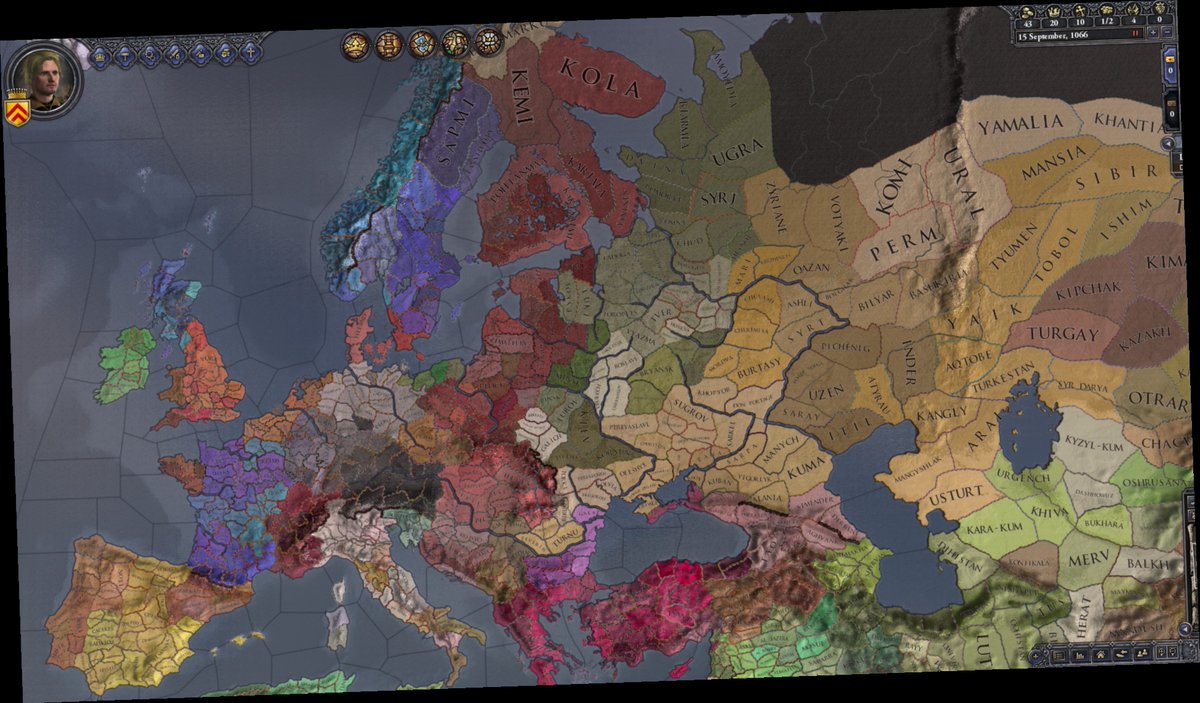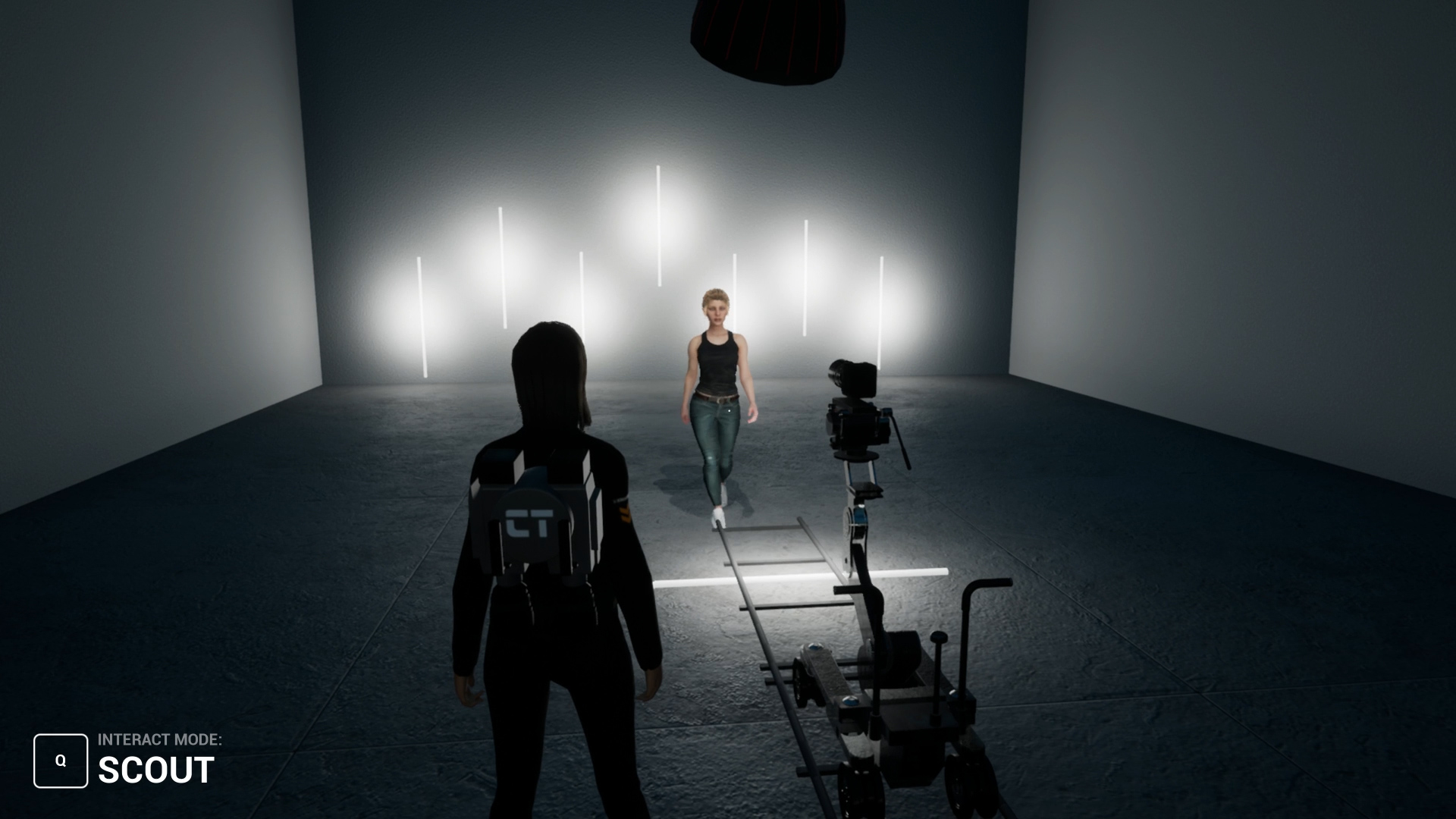

Once I figured those two things out, the rest was just a matter of grinding. Epic Games gave me some private one on one tutoring to get me going and my first project was to make a camera dolly that you could ‘drive.’ I also had a 3D scan of myself and I wanted to me a playable character. I had been developing plugins for Maya and Cinema 4D, but Unreal Engine is a completely different animal. Matt Workman: The first challenge was learning how a game engine works. The fun part is that I can combine the best of video games like Minecraft Creative and Fortnite Creative with the 3D applications like SketchUp, Cinema 4D, etc.ī&a: What were some of the very specific challenges of implementing different ‘systems’? For example, how do you implement a dolly with track to make it act like that, or how do you incorporate the realistic lights? In video games you use WASD and the Mouse or a Game Pad (we support both) and most children can figure it out in seconds. The simple task of moving a 3D camera around a viewport is not immediately intuitive.

I’ve used almost every 3D animation program for previs and all of them have a steep learning curve.

While it is technically a game made with Unreal Engine and sold on Steam, it is really an app that uses familiar ‘game mechanics.’ Matt Workman: My main goal with Cine Tracer is to make it simple to learn and fun to use/play. B&a: Can you describe, from an overall point of view, how a player plays Cine Tracer? What things did you keep considering, as you’ve been developing it, to make sure it stayed fun, and like a game?


 0 kommentar(er)
0 kommentar(er)
